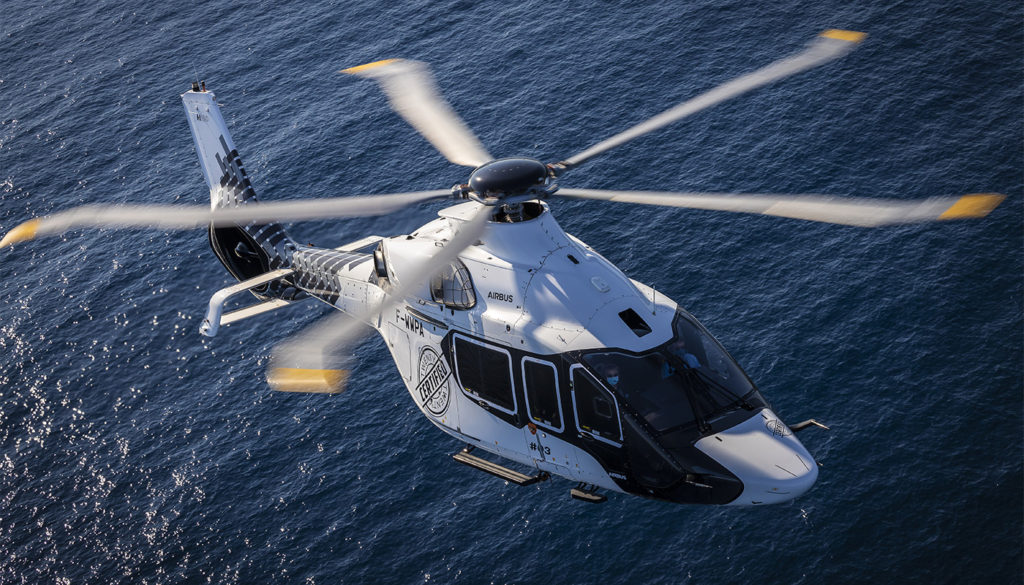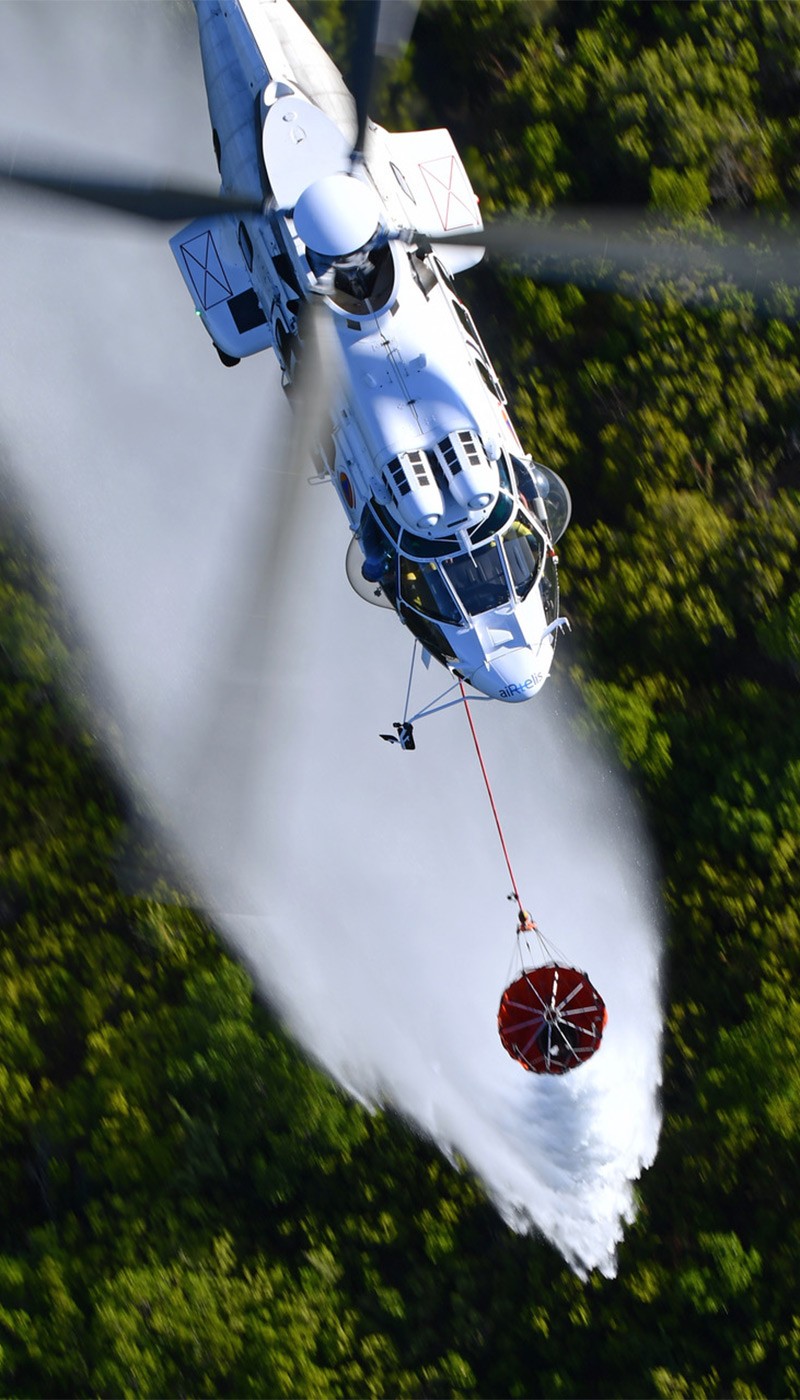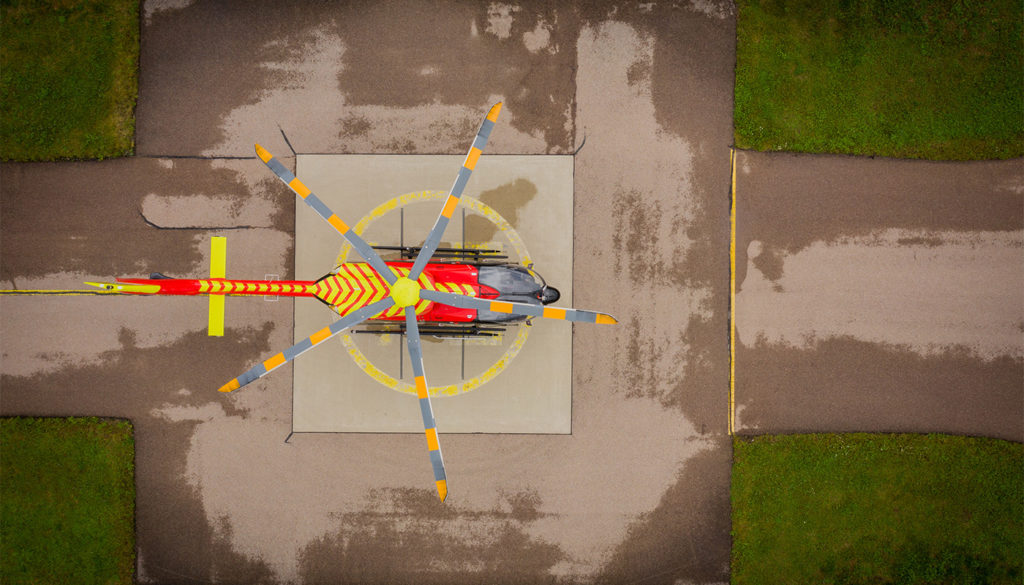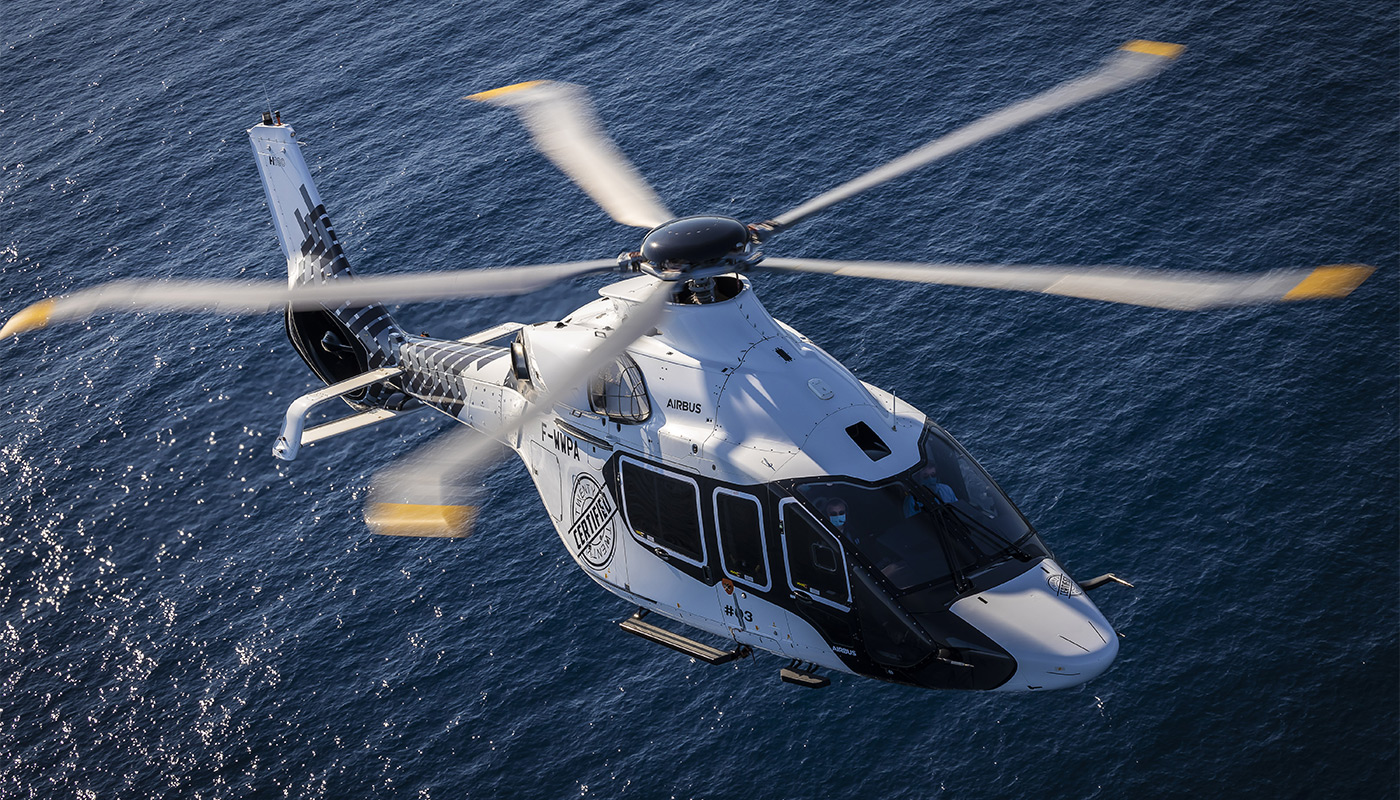Now more than ever, Airbus Helicopters is focused on enabling its customers’ essential missions.
Helicopters are essential — performing crucial missions that impact our lives on a daily basis whether we realize it or not, such as maintaining critical infrastructure; carrying people, supplies, and maintenance workers to offshore wind farms and oil rigs; protecting our communities; and saving lives when every second counts. As the Covid-19 pandemic turned the world upside down, helicopters played a fundamental role in many countries by transporting patients from overrun hospitals to less impacted ones, and by bringing medical supplies and food to remote regions struggling under lockdown restrictions.
Airbus Helicopters was, more than ever, attentive to customer needs, taking immediate action to help crews access protective gear and equipment; rapidly putting in place new distance learning solutions; and leveraging the new AirbusWorld collaborative customer platform and customer support networks to ensure proximity, reactivity, and a streamlined and effective customer experience. In addition, the company has taken steps to improve parts availability worldwide, such as increasing stock coverage with 30,000 new part numbers, and implementing new transport solutions (e.g. drop shipments) for AOG situations.

New on the scene
The H135 and H145 are market leaders in the helicopter emergency medical services (HEMS) segment, which will soon be able to take advantage of a newcomer on the scene. Deliveries of the five-bladed H145 have started following the type certification by the European Union Aviation Safety Agency (EASA) in June this year. The launch customer, the Norwegian Nolas Foundation, will use its helicopter for advanced HEMS research and development purposes. The new five-bladed H145 offers operators a useful load increase of 150 kilograms (330 pounds) and simplified maintenance operations, while also improving ride comfort for passengers and crew. Certification by the Federal Aviation Administration will follow before year-end.
The next-generation medium twin H160 was certified by EASA at the beginning of July — a truly multi-role helicopter designed to address every main mission segment from offshore transportation, HEMS, and public services, to private and business aviation. The French Gendarmerie Nationale, accelerated by the French government’s support plan, recently became the law enforcement launch customer with the intention to procure 10 of the model for counter-terrorism, law enforcement, and surveillance missions. The H160’s D level full flight simulator was recently qualified by EASA, coming just a couple of months after aircraft certification as the program readies for the helicopter’s entry into service at the end of the year.
Firefighting

2020 has been another year marked by forest fires around the globe — from Australia to Argentina to the western U.S. Firefighting is a mission in which helicopters play an increasing role thanks to their maneuverability and capacity to fly quickly to areas that are difficult to access otherwise. Equipped with water buckets, helicopters can help contain a fire and slow down its progress, but they also play an important role in carrying equipment and deploying firefighters in the field. In France, helicopters from the Super Puma family joined firefighting efforts this summer, with each aircraft dropping as much as 200,000 liters (52,830 US gallons) of water over a four-hour cycle. The H125 leads the aerial work market, being one of the most popular single-engines for firefighting missions. Following the announcement made at Heli-Expo in January, operators will soon be able to enjoy a performance increase with up to 190 kg (419 lb.) of additional payload in hot and high conditions.
Missions of the future

The pandemic has increased awareness of the need for sustainable aviation and Airbus is committed to leading that change. The H160 already takes a step in the right direction with its 15 percent reduction in fuel burn and sound levels divided by half. Meanwhile, the electrically powered, eight-rotor CityAirbus demonstrator is enabling development of key technological bricks for autonomy and electrification that will shape future helicopters as well as electric VTOL aircraft. Airbus Helicopters has been making progress on the flight testing of CityAirbus, which performed its first fully automatic flight in July and has since moved to the Manching test airfield for continued flight envelope expansion.
Performance and Luxury

Throughout the pandemic, the private and business aviation market served by Airbus Corporate Helicopters has remained active, buoyed in part by the certification of two new models and the introduction of the ACH130 Aston Martin Edition. Along with the other H160 variants, the ACH160 is now EASA-certified and indeed that approval was closely followed by a new sale to an experienced Italian operator. Similarly the new ACH145 is certified by EASA and first delivery of the model, to Advanced Flight of New Zealand, is due later this year. The ACH130 Aston Martin Edition has been well received since its launch at the start of the year and several customers are confirmed around the world. Private owners who enjoy the pleasure of driving high-performance cars are clearly attracted by the idea of flying a helicopter featuring internal and external design concepts drawn from Aston Martin’s renowned creative team.









